*As originally published in Meteorological Technology International January 2025 Issue here.
Floods are the most common natural disaster worldwide, affecting millions of people each year, according to the World Meteorological Organization. They are increasing in frequency and intensity due to climate change and human activities, such as poor drainage design and urban development, which worsen runoff and disrupt natural water flow. Flooding can cause loss of life, displacement, infrastructure damage, and water contamination. The economic impact is also substantial, with annual costs reaching billions.
Baron Weather has a renowned 36-year history of building radars and advancing weather detection technology. But the company’s more recent innovations in modeling and communication really round out its repertoire, making it one of the only global weather companies that offers everything you need to accurately predict, detect, analyze, and notify for extreme weather events. Baron now adds early detection to its solution for precise tracking and effectively communicating a potential flooding event.
Seven-Day Notice of a Climate Extreme
The Baron Extreme Weather Index can detect rare or extreme flood events up to a week in advance. Unlike traditional models, the Extreme Weather Index provides easy-to-understand insights without needing a meteorologist to interpret the data. The Index is unique because it assesses how atypical the weather threat is from global historical norms on a simple impact-based scale.
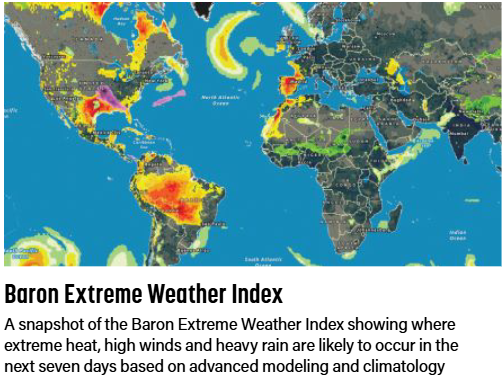
The Baron Extreme Weather Index has been proven to detect the potential for a rare or extreme flood event up to seven days in advance. For example, it provided a week’s notice that a high-impact and extremely rare heavy rain event would occur in the Arabian Desert in April 2024.
Severe flooding affected 3.6 million people in Dubai on April 15 after six inches (15.24 centimeters) of rain fell in just 24 hours. This amount is double the city's average yearly rainfall and the highest since 1949. The flooding led to at least 18 deaths in neighboring Oman and caused travel disruptions, including the closure of Dubai's second-busiest airport.
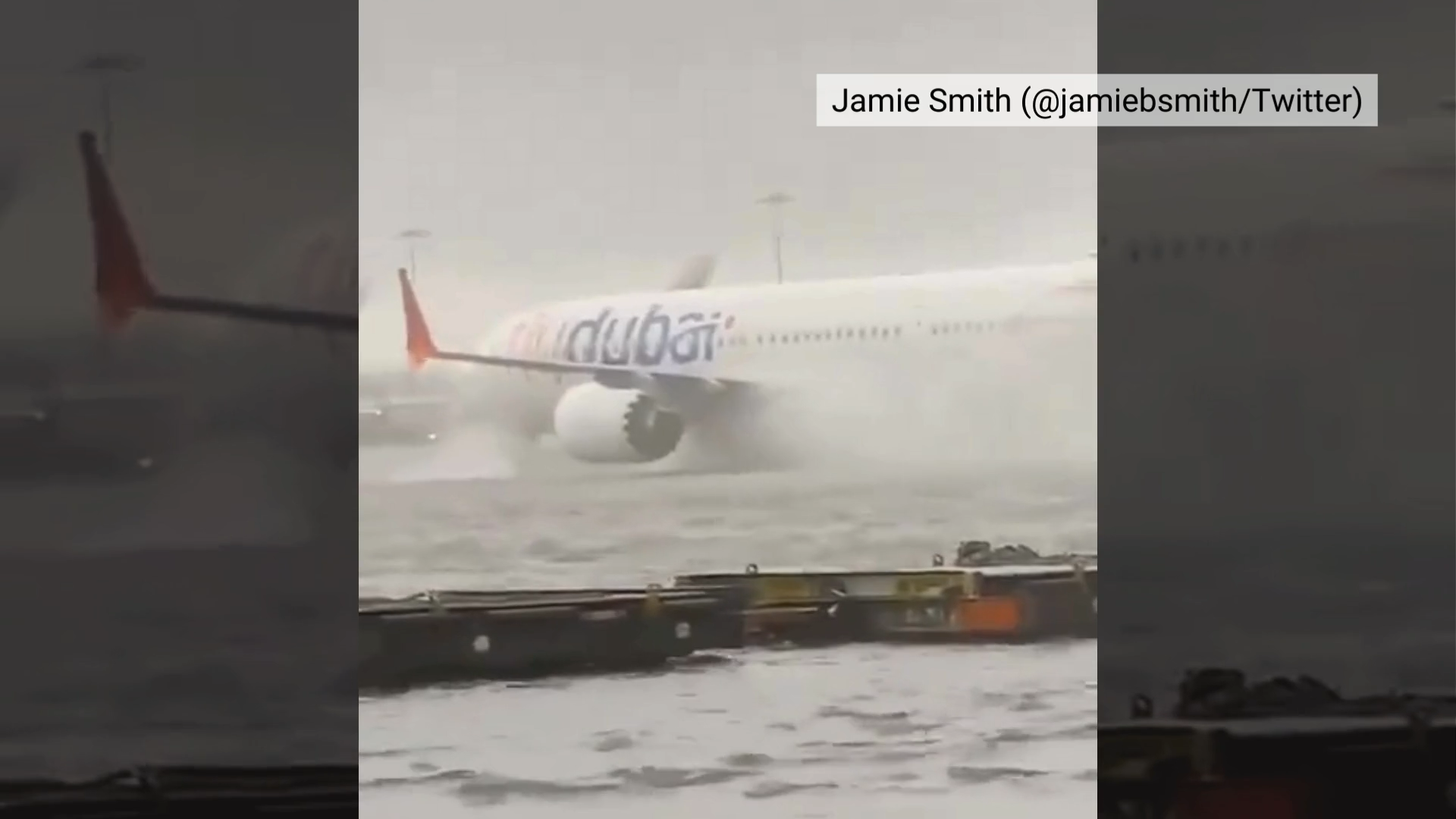
The first signs of heavy rain appeared on the Extreme Weather Index for the UAE seven days before the event. Every run of the Baron model starting April 10, five days before the flooding began, consistently showed a level three—the highest available for this product. According to the model's definition, a level three on the Extreme Weather Index for heavy rain equates to “Widespread flooding (or flash flooding) likely to cause infrastructure damage or disruption.”
.png)
Baron Data Services Manager Matt Havin explains what makes the Extreme Weather Index unique. "It really goes to that next level,” he said. “It considers how extreme a situation is compared to historical data for the same location. It then factors in severity to produce a real-life impact scale that is easy to understand.”
A forecast model can tell us how much rain may fall in any given location over time. However, the magnitude of its impact is not always explicitly related to that number. For example, the amount of rain that fell in Dubai over 24 hours would be unlikely to cause the same degree of flooding in a tropical climate.
“Forecast models can certainly help us forecast the severity of an event, but it’s not always easy to understand the human impacts it may cause,” Havin added.
The Baron Extreme Weather Index utilizes high-resolution global modeling to help organizations effectively plan for other disruptive weather events as well, including high winds, hail, snow, and extreme temperatures.
Proven Precision at the Right Time
Two days out, details matter. While the Extreme Weather Index can help you assess the potential for a large-scale event a week before, Baron’s custom high-resolution modeling can help your team plan for the precise location and amounts of heavy rain within 60 hours of the first drop.
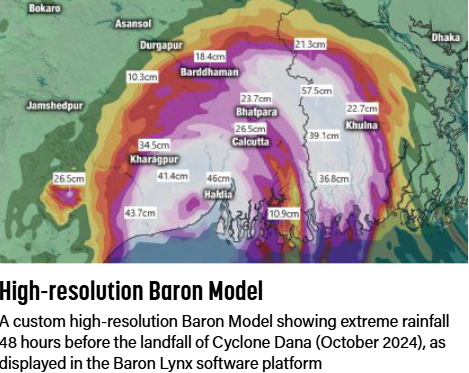
Baron's modeling includes Numerical Weather Prediction (NWP), hydrological, tropical, air quality, land surface, and road weather models, as well as the industry-first coupled NWP and ocean model. The exclusive high-resolution atmospheric model, based on the WRF framework and enhanced by our team, is finely tuned to provide pinpoint accuracy in tropical and convective weather environments where rainfall rates may be enhanced.
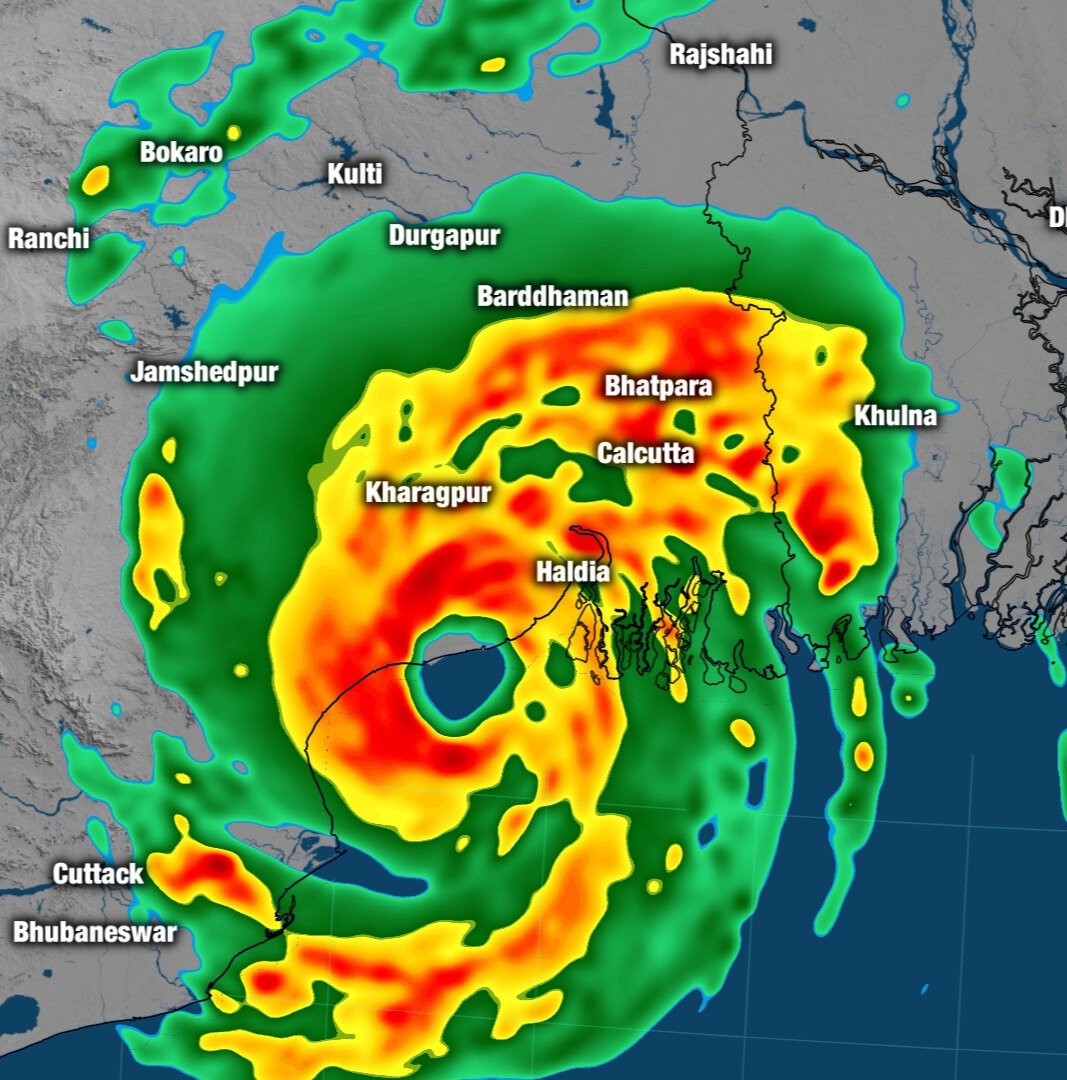
The Baron 3 km model accurately predicted recent tropical rainfall events in Bangladesh and Vietnam in advance of Cyclone Dana and Typhoon Trami. In both storms, the heaviest rain fell dozens of kilometers from where the storm's center tracked, and the details in the modeling accounted for the unique weather dynamics of the country’s microclimates.
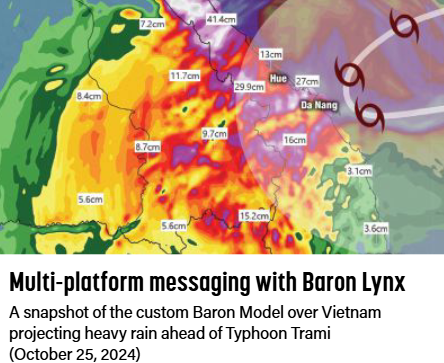
The Baron Model can be tailored to your organization’s needs, providing the flexibility and accuracy required for informed decision-making in a changing weather landscape. The company’s team of scientists can adjust the model’s parameters based on the domain’s climate and typical bias from other global modeling.
Detection without the Distraction
Ground truth is essential for detecting the impacts of heavy rain, and Baron's radar systems are recognized globally for their outstanding performance. A Baron radar is sustainable and customizable, making it an excellent tool for continuously enhancing a team's Early Warning System. Additionally, these radars provide detailed analyses of hail, winter precipitation, tropical systems, and tornadoes.
The Baron Radar provides various configurations to meet organizational needs. It enhances display accuracy through advanced clutter suppression technologies like Baron ClearScan™ and Oklahoma University's CLEAN-AP. The company also offers upgrades to improve performance and extend radar lifespan.
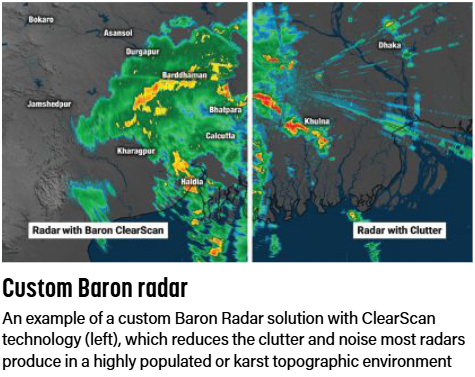
A Baron S-band radar offers excellent weather detection in all environments and provides greater resistance to rain fade with the power and sensitivity to handle tropical or subtropical environments. The C-band radar is the company's top solution, valued for its power, flexibility, and affordability. With a 1-megawatt klystron or 350-kilowatt magnetron transmitter, it delivers superior performance in all weather conditions.
Baron addresses calibration challenges using advanced, patented algorithms. Their auto-calibration technology removes human error, enabling reliable adjustments across networks. The Multi-Radial ZDR Calibration further improves radar reliability by eliminating the need for solar or hardware measurements, which not only minimizes equipment requirements but also reduces the likelihood of mistakes and improves rainfall estimates.
With continuous performance monitoring, Baron radar systems allow operators to access real-time information on voltages, temperature, and power levels via an intuitive display. Remote troubleshooting ensures stable performance with operator consent. These radars are also ideal for downstream applications, enhancing Numerical Weather Prediction models to improve weather detection and forecasting. Baron partners with customers to find the most suitable radar technology, leveraging their expertise in radar component design to match specific requirements.
Communicating with Clarity Anytime
Meteorological agencies, particularly in vulnerable regions, encounter difficulties in connecting with communities. Workstation software like Baron Weather's Lynx assists these agencies in rapidly and effectively disseminating severe weather information, combining data from various sources for precise forecasts and visualizations. The platform serves as both an analytical and communication tool for meteorologists who need to convey updates about severe weather events swiftly and comprehensively.
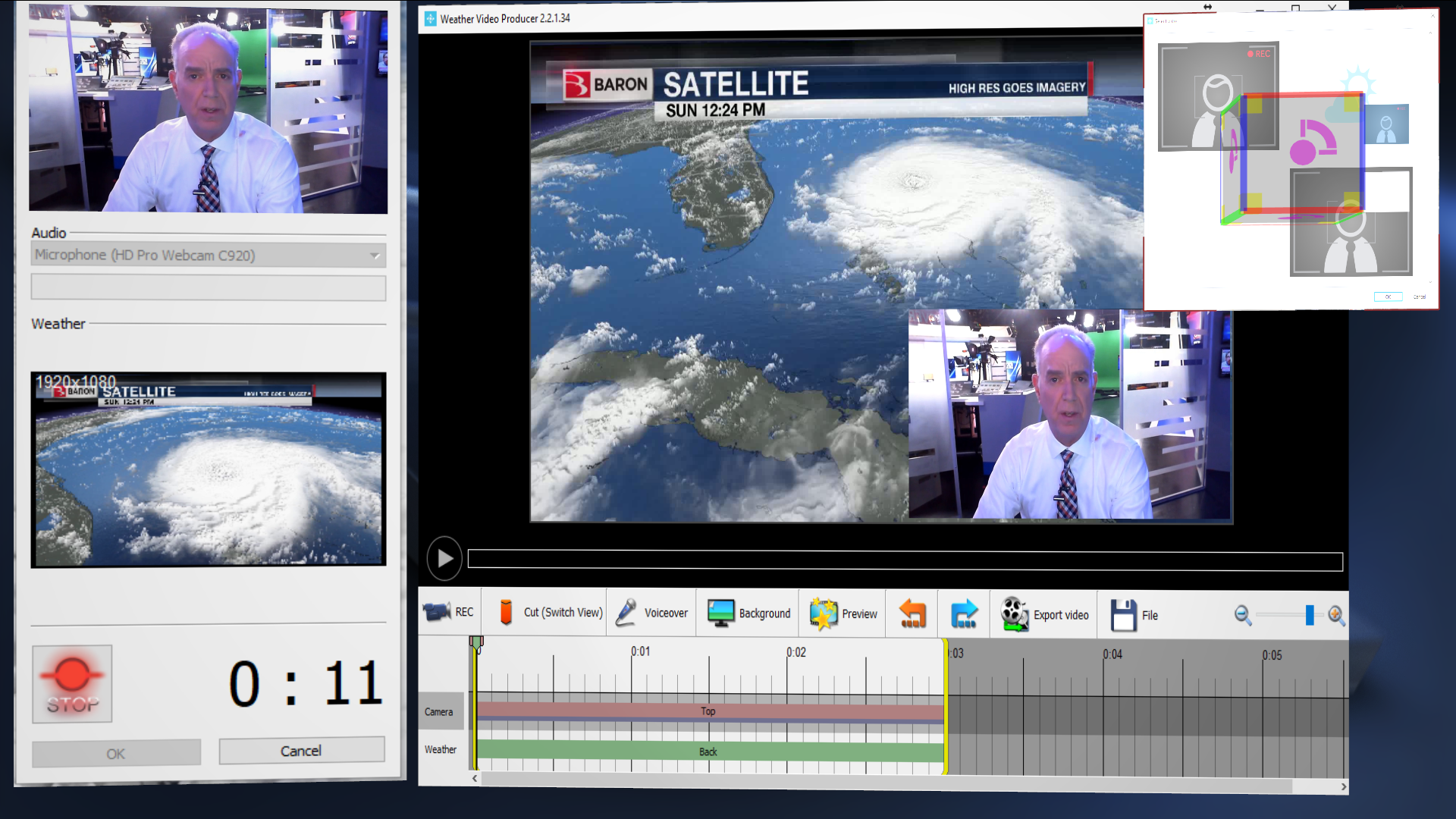
Enhancing a community's situational awareness starts with integrating data from the entire meteorological network. Baron Lynx can be utilized to engage with the public and other agencies throughout the entire life cycle of a flood event. This can encompass images of the Baron Extreme Weather Index, high-resolution model animations, and real-time data from Baron Radar. Forecasters can analyze forecast, current, and historical data to evaluate a weather event’s characteristics or trends, subsequently creating informative and engaging content for social media or websites about its arrival time and severity.
Furthermore, video content captures attention longer than other media and effectively communicates complex ideas. Lynx aids officials in crafting engaging and shareable messages. Users can easily produce brief weather report videos using a computer webcam and microphone, incorporating split screens, on-screen drawings, voice-overs, and on-camera presentations.
Lynx empowers Hydromet agencies to effectively communicate with the public in a manner that meets their expectations. Providing clear guidance on appropriate responses or actions ensures that individuals are well-informed and prepared to handle any potential weather threats.
Four-Step Flooding Solution
A radar's effectiveness depends on the user's understanding of potential future conditions. Similarly, a forecasting model is only as reliable as the data that is inputted into it. When assessing impacts, it is essential for decision-makers to consider climatology and severity.
.jpg)
The four-step flood solution from Baron assists organizations and governments in planning, detecting, and communicating actionable information. This enables non-meteorological audiences to make better weather-related decisions. The Baron Extreme Weather Index, a customized Baron Model, Baron Radar, and Baron Lynx work together to help meteorological agencies worldwide enhance their efficiency, accuracy, and effectiveness, particularly during critical situations.
